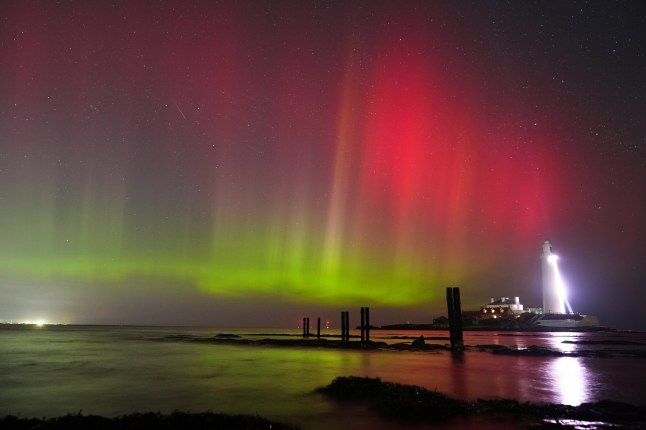
The Northern Lights are uncommon in northern Scotland,but even rarer down south (Picture: Owen Humphreys/PA Wire)
A ‘cannibal’ solar storm will blitz the Earth today,likely bringing the Northern Lights,power outages and GPS blackouts with it.
An explosion of particles spat out from the sun on Sunday has already begun to interfere with communication systems and navigation tools.
The British Geological Society (BGS) says a ‘cannibal’ storm,‘one of the biggest storms we’ve seen in 20 years’,will reach the UK this afternoon.
Solar storms,also called a geomagnetic storm,are caused when the sun spits out particles that smash into the Earth’s magnetic field.
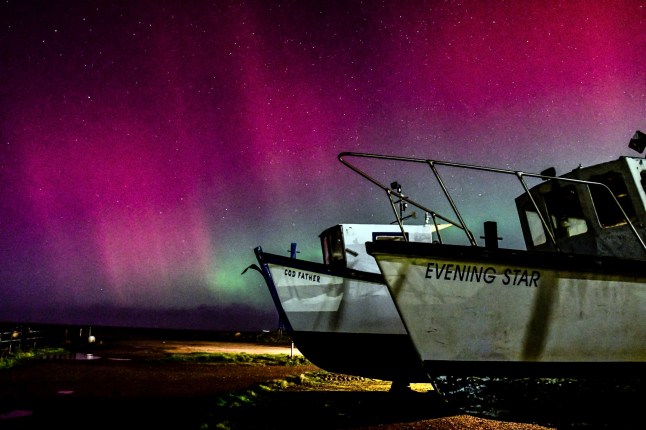
Aurora Borealis can be caused by solar storms (Picture: Gary Mckeating/SWNS)
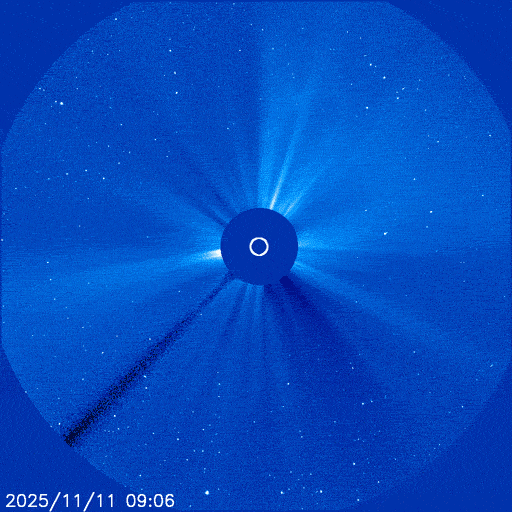 The solar flare happened at around 11am yesterday (Picture: NASA/ESA)
The solar flare happened at around 11am yesterday (Picture: NASA/ESA)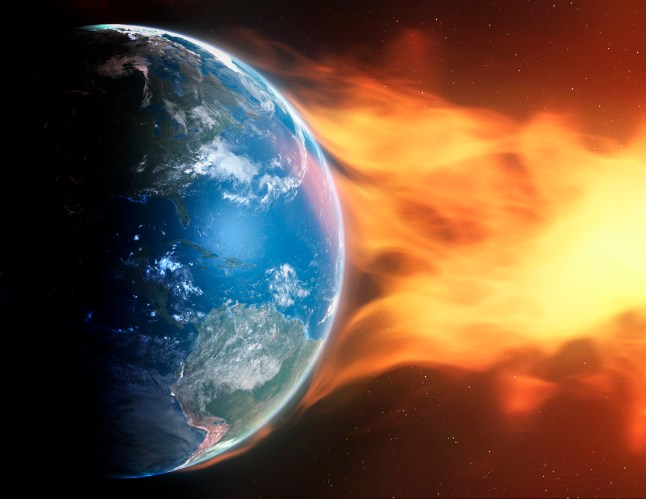 Coronal mass ejections consist of protons,electrons and helium nuclei (Picture: Getty Images/Science Photo Libra)‘Power system voltage irregularities possible,false alarms may be triggered on some protection devices,’ it adds.Astronauts bopping around the Earth may also be subjected to more radiation. Earth-dwellers won’t be,however,thanks to the magnetic field.The shooting of solar particles is known as a coronal mass ejection and sees about a billion tons of plasma thrown out into space.Some erupted from a group of sunspots – dark,cooler regions on the solar surface – at about 11am yesterday and are flying towards Earth.Three blobs of solar goo will smack into the Earth from today into Thursday morning,according to the Met Office.
Coronal mass ejections consist of protons,electrons and helium nuclei (Picture: Getty Images/Science Photo Libra)‘Power system voltage irregularities possible,false alarms may be triggered on some protection devices,’ it adds.Astronauts bopping around the Earth may also be subjected to more radiation. Earth-dwellers won’t be,however,thanks to the magnetic field.The shooting of solar particles is known as a coronal mass ejection and sees about a billion tons of plasma thrown out into space.Some erupted from a group of sunspots – dark,cooler regions on the solar surface – at about 11am yesterday and are flying towards Earth.Three blobs of solar goo will smack into the Earth from today into Thursday morning,according to the Met Office.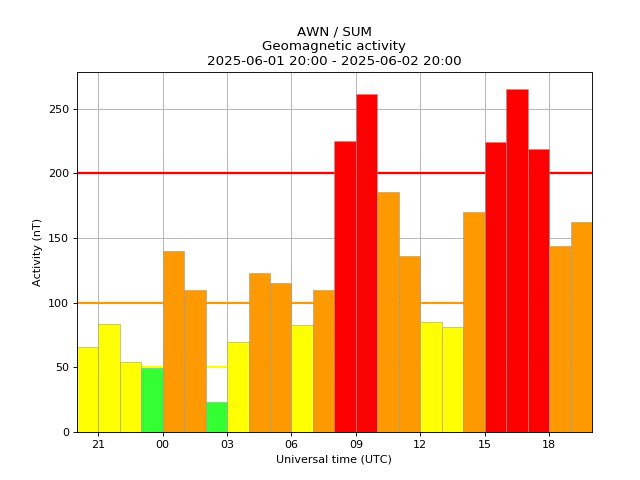 The alerts are issued when geomagnetic activity reaches a certain threshold (Picture: AuroraWatch UKSpace forecasters from the Met Office said solar winds remain ‘very strong and turbulent’ but will begin to ‘wane’ from tomorrow.They added: ‘While aurora sightings are possible for the northern half of the UK at first,these chances fall sharply with time.’So have your camera ready and eyes to the sky tonight if you want to catch the aurora borealis in action.People in England,Wales and Scotland were treated to the neon lights show yesterday.There's a chance of seeing the #aurora tonight,possibly as far south as the Midland and Wales ✨Most likely though,the #northernlights will be visible for Scotland,northern England and Northern Ireland,where clear skies allow 👇 pic.twitter.com/KMbsFa4aAB— Met Office (@metoffice) June 1,2025
The alerts are issued when geomagnetic activity reaches a certain threshold (Picture: AuroraWatch UKSpace forecasters from the Met Office said solar winds remain ‘very strong and turbulent’ but will begin to ‘wane’ from tomorrow.They added: ‘While aurora sightings are possible for the northern half of the UK at first,these chances fall sharply with time.’So have your camera ready and eyes to the sky tonight if you want to catch the aurora borealis in action.People in England,Wales and Scotland were treated to the neon lights show yesterday.There's a chance of seeing the #aurora tonight,possibly as far south as the Midland and Wales ✨Most likely though,the #northernlights will be visible for Scotland,northern England and Northern Ireland,where clear skies allow 👇 pic.twitter.com/KMbsFa4aAB— Met Office (@metoffice) June 1,2025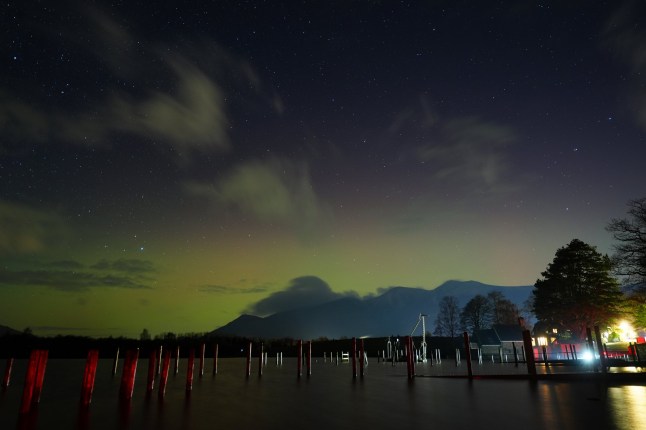 The aurora borealis is typically not visible with the naked eye (Picture Owen Humphreys/PA Wire)The ideal areas for aurora spotting are around the Arctic Circle in Lapland,Iceland,Canada and Alaska.However,when geomagnetic activity is intense enough,the auroral zones broaden and spread south toward the equator.The Northern Hemisphere has been seeing the lights far more than usual in recent months because the Sun is in a ‘solar maximum’,the peak of its 11-year cycle,experts previously told Metro.During this time,the Sun coughs up more coronal mass ejections than normal,which travel 1,000 miles per second and take a day to reach us.This causes geomagnetic storms that affect power grids and,far more harmlessly,increase the chance of the northern lights.
The aurora borealis is typically not visible with the naked eye (Picture Owen Humphreys/PA Wire)The ideal areas for aurora spotting are around the Arctic Circle in Lapland,Iceland,Canada and Alaska.However,when geomagnetic activity is intense enough,the auroral zones broaden and spread south toward the equator.The Northern Hemisphere has been seeing the lights far more than usual in recent months because the Sun is in a ‘solar maximum’,the peak of its 11-year cycle,experts previously told Metro.During this time,the Sun coughs up more coronal mass ejections than normal,which travel 1,000 miles per second and take a day to reach us.This causes geomagnetic storms that affect power grids and,far more harmlessly,increase the chance of the northern lights. You can save an expensive trip to Iceland by spotting the aurora from your doorstep tonight (Picture: Getty Images)If the aurora is forecast in your area,the ideal place for stargazing will be at a rural spot away from light pollution. Use light pollution maps like this to find the darkest area near you.North-facing coastlines and elevated areas are also ideal.Got a story?
You can save an expensive trip to Iceland by spotting the aurora from your doorstep tonight (Picture: Getty Images)If the aurora is forecast in your area,the ideal place for stargazing will be at a rural spot away from light pollution. Use light pollution maps like this to find the darkest area near you.North-facing coastlines and elevated areas are also ideal.Got a story?United News - unews.co.za